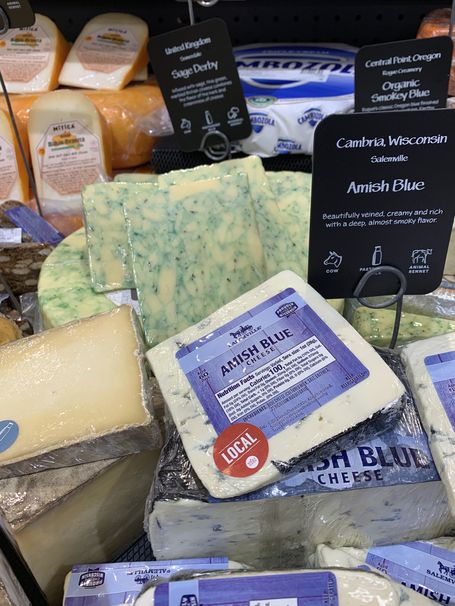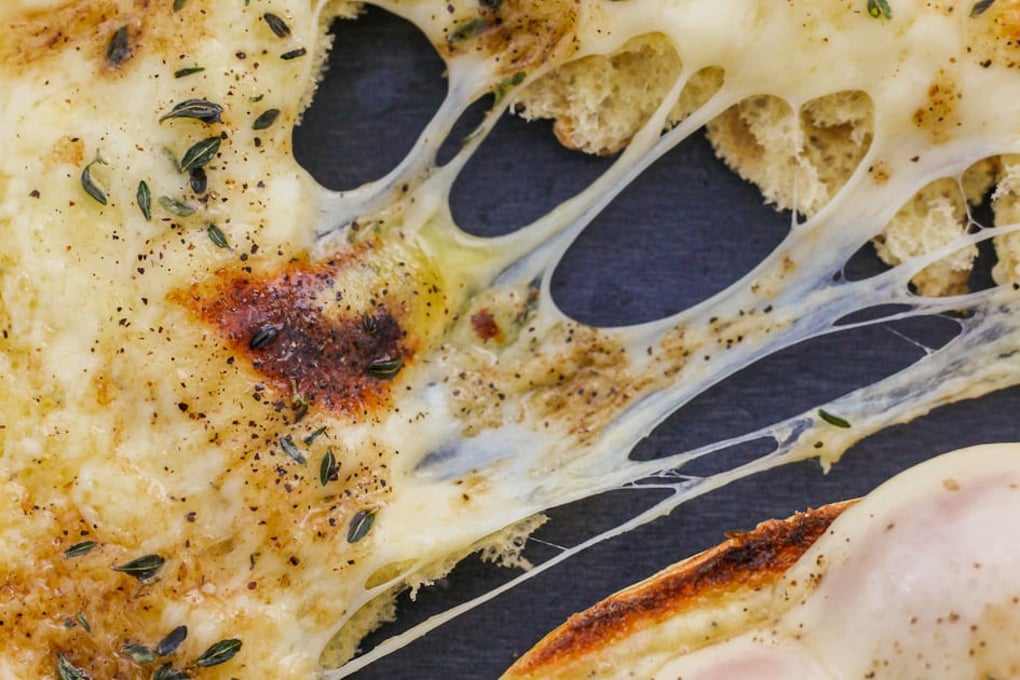From the creamy Baked Feta Pasta to garlic baked Brie with jam, cheese has melted its way to the top of TikTok food trends. Feeds filled with gorgeous charcuterie boards, no-strain mac and cheese and mukbangs of cheesy Korean corn dogs act as pure food porn. Decadent sauces and luxurious pastas are made better by a sprinkle of Parmigiano Reggiano or Pecorino.
With deliciously-distracting cheese pulls, it can be easy to forget about the rich story those rinds hold. Experts in the Chicago area weighed in on the making (and eating) of cheese to help you develop the next viral trend.

What is cheese?
Simply put, cheese is the transformation of milk into solid parts through the careful addition of a variety of acids or bacterias at a specific temperature. The intensive process includes cutting, draining, flavoring and forming until the cheese can be pressed into a single solid piece.
“Each unique flavor comes from a combination of different molds, fungi and bacteria,” said owner of specialty cheese shop Beautiful Rind, Randall Felts.
Brie, for example, is known for its “mushroomy” or “earthy” smell. According to the Cheese Science Toolkit, the woodsy aroma emitted by the creamy French staple and other similar bloomy-rind cheeses is the result of a white mold called Penicillium camemberti. Due to a breakdown of the fat, the mold gives the cheese a mushroom-like flavor — best paired with sweet jams or figs.
The rind protects the paste and allows the inner part of the cheese to mature and develop a deep flavor profile. Externally mold-ripened cheeses like Camembert ripen from the outside in. The mold latches onto the outer rind and results in a gorgeously smooth paste and buttery taste.
“The rind is the most important part of a cheese,” Felts said. “It ultimately lets things happen in the interior or the paste.”
There are three other types of cheese rinds, Felts said: Non-edible varieties, washed rind and natural rind. Washed rinds are typically associated with stinky cheeses and have a red-orange color and sticky texture. The outside is also sodium packed due to the salt brine used during the making of the cheese. Natural rinds are formed during the aging process. Though bitter at first, natural rind cheeses finish with a pleasant smoky aftertaste.
Where does cheese come from?
Each region of the world has its own unique method of cheese mongering. The making of Paneer in India looks different from the aging of Gouda in Spain or the process of creating a classic French Gruyère.
Founder of Chicago’s Augusta Food and Wine Shad Martin said cheese is dependent on the breed and diet of the livestock used for milk. Environmental factors such as weather, elevation or dryness also have a huge impact on overall flavor.
More mountainous areas tend to produce more aged cheeses. The abundance of natural caves provide ideal aging conditions and allow cheeses to mature over time. Younger and softer cheeses thrive in warmer, more humid climates. Fluffy, soft Brie originated in Paris — a city originally built on top of a swamp.

Now, how do you eat it?
If you’re anything like me, your mind goes straight to a charcuterie board and wine. In reality, there is far more to explore when it comes to cheese pairings. Roasted, fermented or high in acid are excellent characteristics for a complement to cheese. Pears, apples and pomegranates can add an extra pop. On the savory side, olive tapanade, pickles, roasted nuts or marinated peppers elevate strong cheeses. As Felts said, there is no set blueprint.
“You have a lot of room to play with,” Felts said, “I’ve had Brie wrapped in nori before and it was delicious!”
When it comes to finding the right wine for your cheese, Martin’s rule of thumb is: “if it grows together, it goes together.”
If possible, it is always best to find a wine local to where the cheese is made. A softer cheese shines alongside something bubbly; semi-soft cheeses pair well with lighter red wines; harder cheeses like Gouda can take on a more aggressive Cabernet Sauvignon.
No matter how you choose to pair your cheeses, a little extra knowledge on all its ooey gooey goodness will help you to host, post and eat your way through everything the delicious dairy product has to offer!

